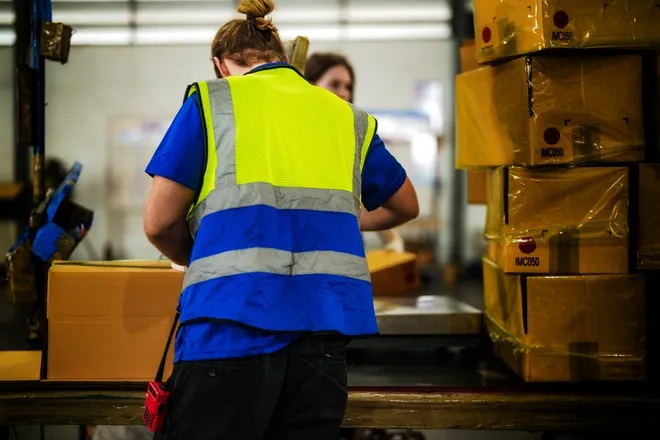
Fun Facts You May Not Know About Concrete
Concrete is an amazing material that we see every day. People make many things using this substance—sidewalks, buildings, sculptures, and other fixtures. But how much do you really know about concrete and the way we’ve used it throughout history? Here are a few fun facts you may not know about concrete.
Concrete and Cement Are Not the Same
While we often use the terms interchangeably, cement and concrete are different materials. Cement is actually just one of the fundamental ingredients of concrete. Cement is a binding agent that’s made up of limestone, clay, shells, and other materials that we crush into a fine powder. It becomes more malleable and hardens when combined with water. Wet cement typically hardens into the material that we know as concrete, similar to how bread becomes toast after you cook it.
We Use Acids To Influence Concrete
Many think that concrete is just cement and water, but chemical engineering allows us to do a lot more with it than that. Sulfonic acids play a large role in concrete production, such as impacting the hardening time, colour, and consistency. Commercial concrete manufacturers study unique ways to make concrete stronger and more effective so they can create high-quality products and get an edge over the competition.
Fire and Water Resistant
One fun fact that you may not know about concrete is that it’s one of the only materials to have such a high resistance to both water and fire. Manufacturers can make concrete structures that are completely watertight. Since water is such a primary ingredient in its construction, the water erodes concrete much slower than most types of stone or brick. Conversely, concrete is highly resistant to fire and often stays stable even after going through a blazing inferno.
The First Ever Concrete Road
While concrete has been around since ancient Roman times, it wasn’t until the early 1900s that we actually built a road out of it. In 1909, the area we now know as Detroit had the first-ever concrete road on Woodward Avenue. Prior to this road, most non-dirt roads were brick, cobblestone, or macadam, which was a combination of tar and stones.
















